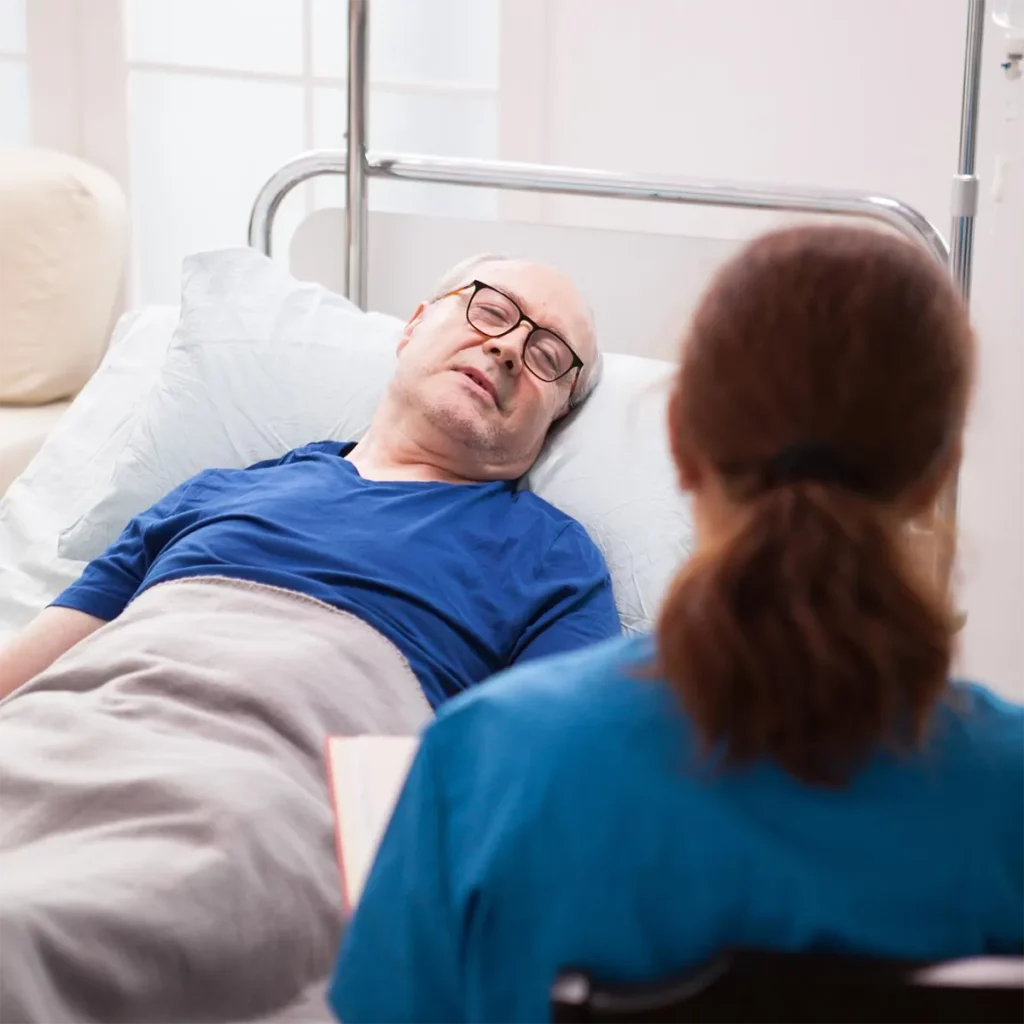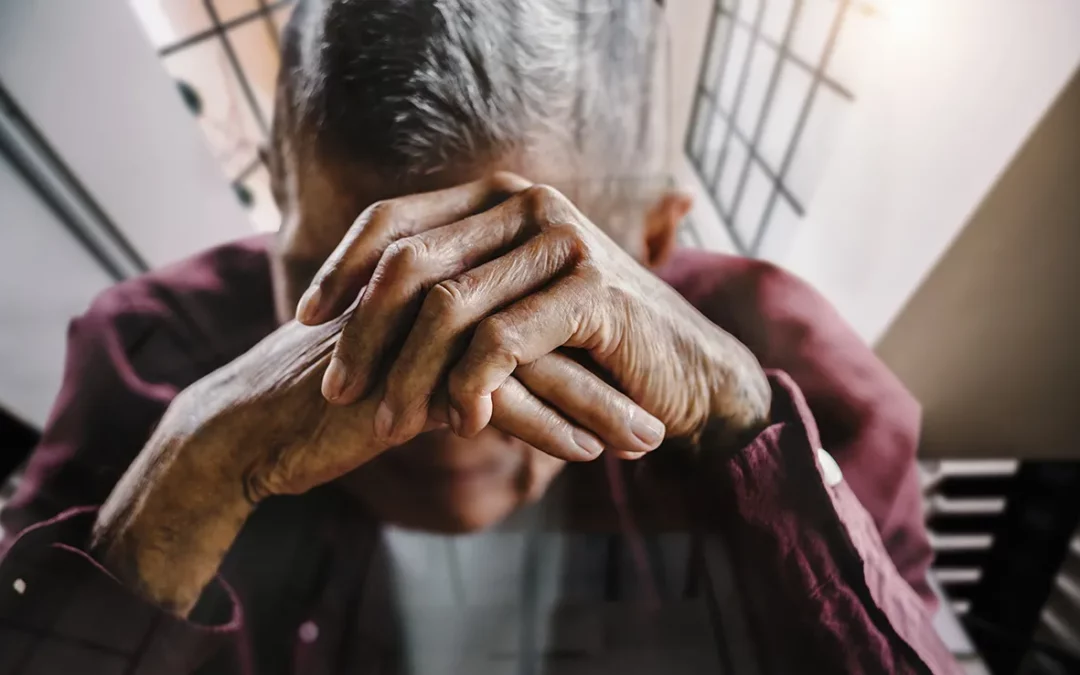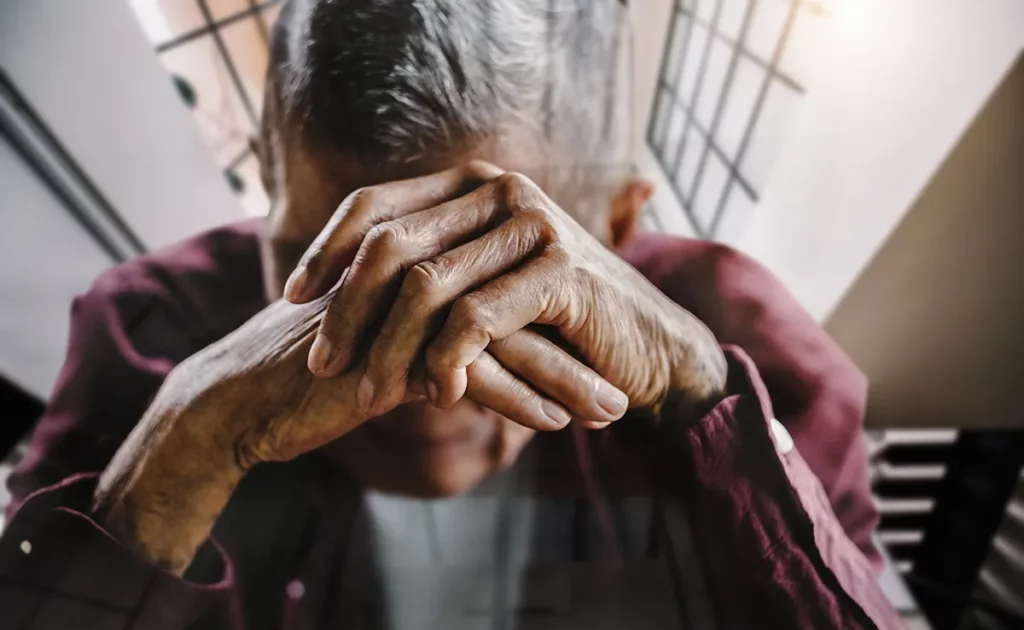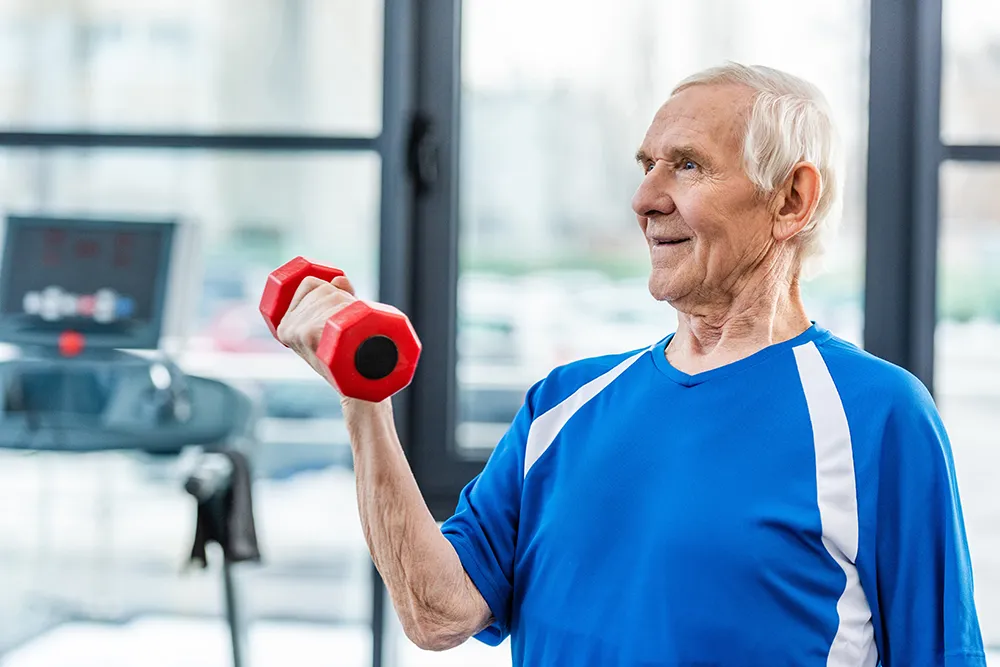
Post-Surgical Recovery at Home

If you’ve recently had surgery, you may be wondering what post-surgical recovery at home entails. After all, you’ve just gone through a major medical procedure, and you want to ensure you’re taking the best possible care of yourself to ensure a successful recovery. This blog post will help explain what post-surgical recovery at home looks like, and what you can do to make sure you’re taking the best possible care of yourself.
Rest and Relaxation
The first and most important part of post-surgical recovery at home is rest and relaxation. You may be feeling antsy and want to get up and moving, but it’s important to take it easy. Your body needs time to heal, and the best way to do that is to rest. Take naps during the day, and get plenty of sleep at night. Make sure to avoid strenuous activities, and instead focus on gentle activities such as walking or stretching. It’s also a good idea to take a break from your usual activities and focus on relaxation for a few days.
Eating Right
Eating right is also an important part of post-surgical recovery at home. You want to make sure you’re getting the nutrients your body needs to heal. Make sure to focus on fruits and vegetables, lean proteins, and whole grains. Avoid junk food and processed foods, as these can be detrimental to your recovery. It’s also important to stay hydrated, so make sure you’re drinking plenty of water throughout the day.
Physical Therapy
Physical therapy is also an important part of post-surgical recovery at home. Depending on the type of surgery you had, your doctor may have prescribed physical therapy exercises for you to do at home. It’s important to follow these instructions and do the exercises as prescribed. This will help ensure that your body is healing properly and that you’re getting the best possible recovery. If you’re feeling any pain or discomfort while doing the exercises, make sure to talk to your doctor.
Follow Your Doctor’s Instructions
Finally, it’s important to follow your doctor’s instructions. Your doctor knows best, so make sure to follow their instructions to the letter. This includes taking any prescribed medications, following any dietary restrictions, and following any other instructions they may have given you. This will help ensure that you’re getting the best possible recovery.
Post-surgical recovery at home can seem daunting, but it doesn’t have to be. By following the tips outlined in this blog post, you can ensure that you’re taking the best possible care of yourself and that you’re getting the best possible recovery.





